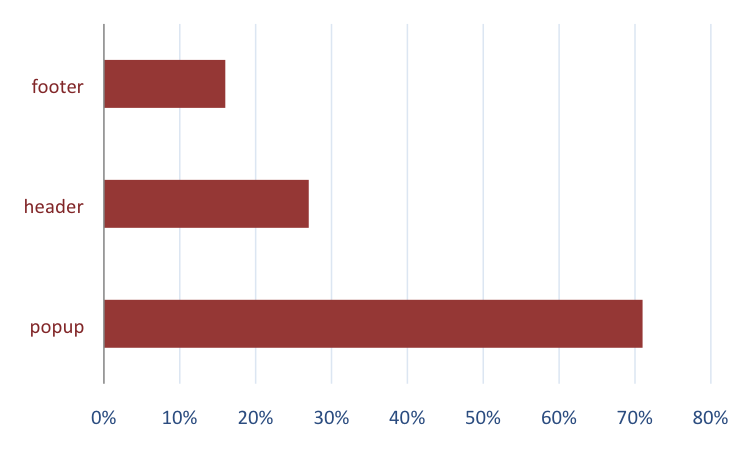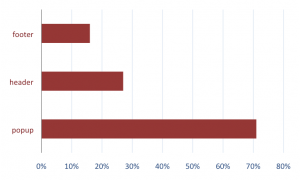“We have a tendency to do nothing”
We have an irrational preference for the current state of affairs. Even when offered a new option or choice, we tend to stick to the default option.
The status quo bias is closely related to loss aversion and anchoring & adjustments, since the default option is taken as a reference point. Any change from that baseline is perceived as a loss.
A real-life example:
In Europe different countries use different policies regarding organ donation. Ben Saunders (2012) found that there are typically two types of countries. There are countries where a minority (4% – 28%) participates in the organ donor program, versus those where the majority (86% – 100%) participates.

The one small difference between these groups is the use of “opt-in” versus “opt-out” as their participation policy. Typically the opt-in countries ask “Check the box if you want to participate in the organ donation program”. Whereas the opt-out countries ask “Check the box if you don’t want to participate in the organ donation program”.
Interestingly, the Netherlands has spent the most public money by far on campaigns etc to persuade people to participate. It got them the highest (28%) participation rate among the opt-in countries, but it didn’t get them close to the lowest participation rate of the opt-out countries.
That’s the power of the status quo.
Online Persuasion tips:
[checklist]
- Present behavioral options in such a way that you prefer your customer not to act.
- Phrase questions in the same way (you prefer ‘no’ as the answer).
- If a question is phrased the wrong way, prefill it (be careful though with multiple prefilled answers, that might result in changing all of them).
- If you want your customer to deviate from the status quo, use a disruptive intervention technique like ‘forced choice’ to get your customer to act.
- Make your desired deviation default and extremely easy (‘path-of-least-resistance’).
[/checklist]
A/B tests:
The Dutch legislator enforced that the Dutch “… provide explicit permission for storing or reading data on our devices. This approval has to be based on a free, specific and clear informed choice”.
The online bank MoneYou tested several ways of getting this so-called “cookie consent” (in a sticky footer, header and popup). Their main finding: When you don’t force web and mobile visitors to make a choice, they don’t make a choice.
Further reading on the status quo bias:
- Status quo bias on Wikipedia
- Ben Saunders, Journal of Medical Ethics, Vol. 38: 69-72 (2012); “Opt-out organ donation without presumptions” (http://jme.bmj.com/content/38/2/69)



